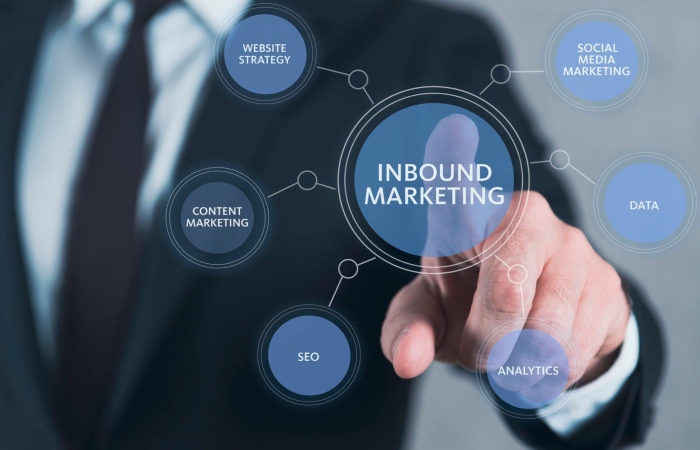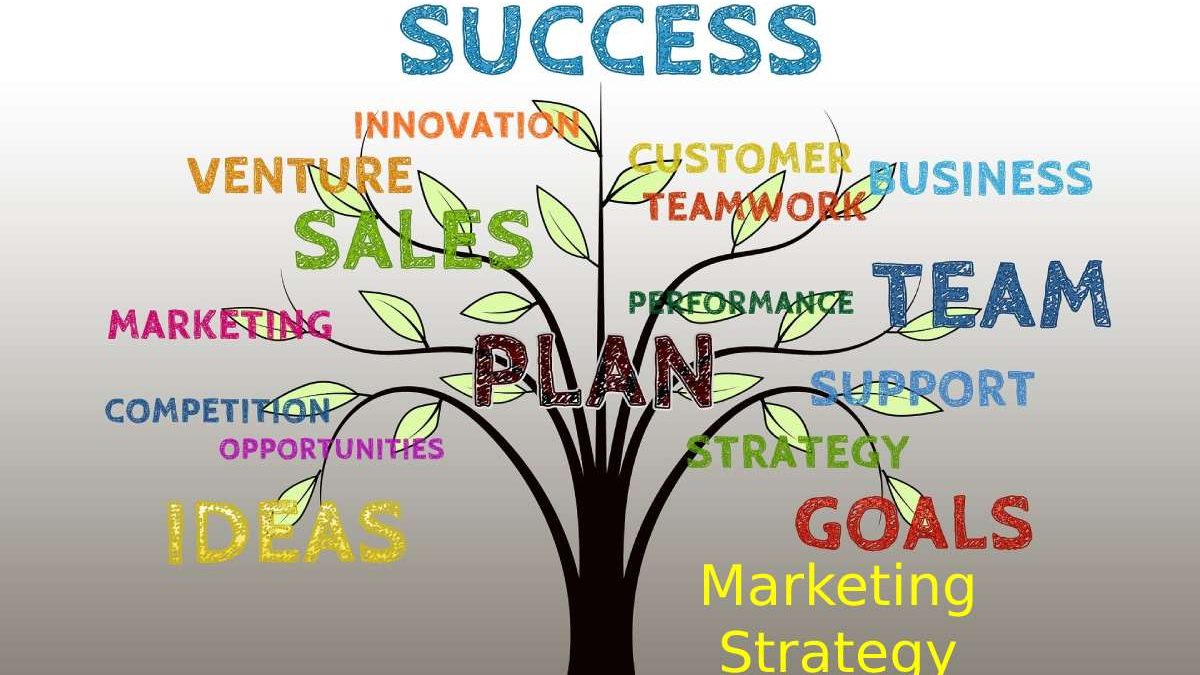A marketing strategy is a process that allows a company to focus on available resources and use them in the best possible way to increase sales and gain a competitive advantage.
Table of Contents
Objectives of Marketing Strategies

Marketing strategies are based on the company’s business objectives. To apply these objectives to the elaboration of a plan, we need to concretize and define them using the famous acronym “SMART”:
Specific
A goal should refer to a concrete and tangible achievement: “Increase lead generation from digital channels by 30% in the next year.”
Measurable
we have to be clear about what measurement tools will be used to know if the objective has been achieved.
Achievable
The objectives must present a real challenge since, otherwise, we will only be able to unbalance the predictions and demotivate the team.
Relevant
the objectives must be related to the company’s global goals and show a clear correlation. For example, if we want to impact sales, the metric to follow should be the number of conversions and not the interactions on Facebook.
Time-Bound
The time horizon of the marketing strategy has to be clearly defined from the beginning.
Types of Marketing Strategy
Inbound Marketing

Inbound marketing seeks that customers are the ones who go to the brand instead of going to look for them. To do this, the brand offers a series of resources that help users solve a need related to its products and services, for example, tutorials or downloadable guides. These resources serve as an incentive for users to become part of the database and start a relationship with the brand that culminates in the conversion.
Content Marketing
The content marketing strategy is based on creating value for users through content in different formats: blog articles, infographics, and videos. These contents serve as a starting point to publicize the brand and capture leads.
Email Marketing
Email marketing is one of the longest-running marketing strategies, and also, it remains one of the most influential year after year.
The email establishes a direct communication channel with users through which we feed the relationship with them. Thus, we can use it in the different phases of the customer journey, from the first contact to the final conversion.
Social Media Marketing
Social media marketing is about reaching users through the channels they spend the most time. It uses the “social proof” phenomenon to encourage virality and also, make the brand’s content and proposals go further.
A key element of social media marketing strategy is choosing the proper channels, from LinkedIn for B2-B companies to Tik Tok for brands interested in reaching Gen Z.
Social Ads
Social media ads take advantage of this storefront to drive targeted traffic and also, conversions. One of its most significant advantages is segmentation since they take advantage of the information captured by social networks to direct the ads to the exact audience of the brand.
Account-Based Marketing
This marketing strategy is especially appropriate for B2-B brands and seeks to reach the highest level of segmentation.
Instead of targeting a group of users with common characteristics, account-based marketing focuses directly on the decision-makers of specific companies. As a result, it makes it possible to achieve a much higher level of personalization and thus multiply conversions.
Seo
SEO is a marketing strategy focused on improving the organic positioning of a company’s website in search engines. Usually, the objectives are defined in the medium and long term. The result is that we get a source of visibility and also, permanent traffic at a low cost.
Sem
SEM is a complementary strategy to SEO, based on placing paid ads in search engines. It allows you to achieve much faster results and target campaigns to conversion.
Conclusion
Marketing strategy is a process that can let an organization concentrate its limited resources. On the most significant opportunities to increase sales and also, achieve a sustainable competitive advantage.
Also Read: Mixed Reality: Definition, Applications, and Advantages


